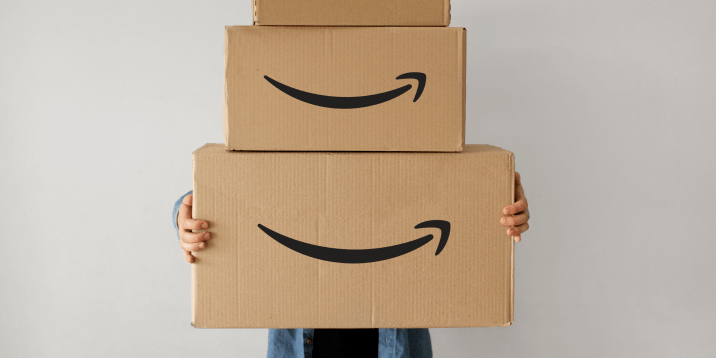Blogs to Go
How to opt out Amazon Multiple Destinations Program

Shipping is one of the most important tasks to keep an eye on in Amazon FBA. And, to the astonishment of many new sellers, Amazon has been relatively low-key about split shipments.
You must understand every stage of the process, whether it is shipping from your suppliers to Amazon or from Amazon to your clients, because this is part of your total product cost.
When shipping from suppliers to Amazon, it is common for Amazon to split your shipment because they must store your products in several warehouses around the country. To make shipping more convenient, Amazon maintains warehouses in practically every state. Split shipments are there to aid your business, but they will cost you a little more in shipping fees and preparing effort.
What exactly is split shipment?
Amazon has recently announced the Multiple Destinations program that is designed to help reduce the time that it takes to receive your items and make them available for sale. The program is by invitation only and available to FBA sellers. Enrollment is automatic. Amazon sends emails to sellers to notify them about the program and how to opt out.
Amazon has this policy in place to help you spread out your inventory and make delivery to your consumers across different regions easier. This is the industry standard but you must bear the price of shipping your own goods to various warehouses. While every Amazon seller agrees to this type of arrangement, you can actually avoid split shipments. This is how you can go about it.
When you are asked to transport a part of your product to two or more Amazon warehouses, this is known as split shipping. Needless to say, this frequently results in a higher shipping cost.
How to Avoid Amazon FBA Split Shipments
To avoid split shipments, go to your Amazon FBA account's Inbound Setting and select Inventory Placement Service.
There are two sorts of Amazon FBA placement options: scattered inventory placement and inventory placement service. The latter is the solution you are looking for.
According to Amazon, the Inventory Placement Service is set up so that all of a single seller's inventories are sent to a single fulfillment center. The vendor will next be assisted by Amazon in distributing it to the several distribution centers located throughout the country. You will avoid paying greater delivery costs if you use this service.
Is the Inventory Placement Service free of charge?
The Inventory Placement Service, however, is not free. There is a unit service fee that must be paid. The usual unit price might range between $0.30 and $0.50.
If your goods weigh less than 1 pound, the fee per unit is $0.30. The pricing per unit is $0.40 for 1 to 2 lb. If it weighs more than 2 pounds, the price is $0.50.
Oversized products, on the other side, are more expensive. You will have to pay $1.30 per unit for 5 lb. or less. If it weighs more than 5 pounds, the rate is $1.50.
Stop wasting time on spreadsheets and start using what the professionals use.
So, which option is preferable for sellers?
Because both solutions will cost you money, you must decide which is best based on the amount of shipping fees you must pay for each option. The easiest method to determine which is superior is to request a free quotation from the fulfillment service.
When you select inventory placement service and distributed inventory placement, you can request an estimate of the fees.
When deciding on the best delivery option, make sure to explore all of your possibilities. Even if the difference is only $100-$200, it is still money saved that will contribute to your business revenues.
You may use the money you save from Amazon shipments to lower your product prices, giving you an advantage over your competitors.
The most important thing you can do as an Amazon seller is to explore all your options and decide which will be most profitable for your business.

